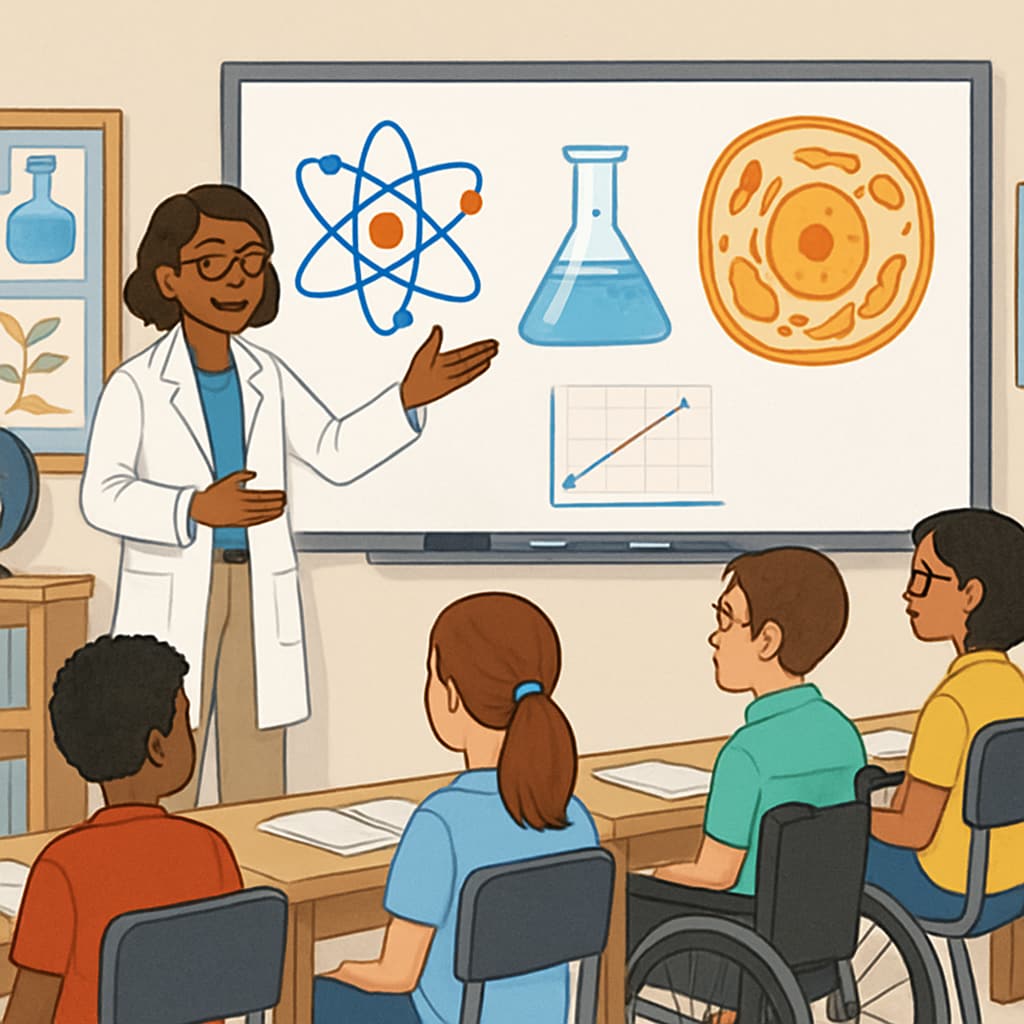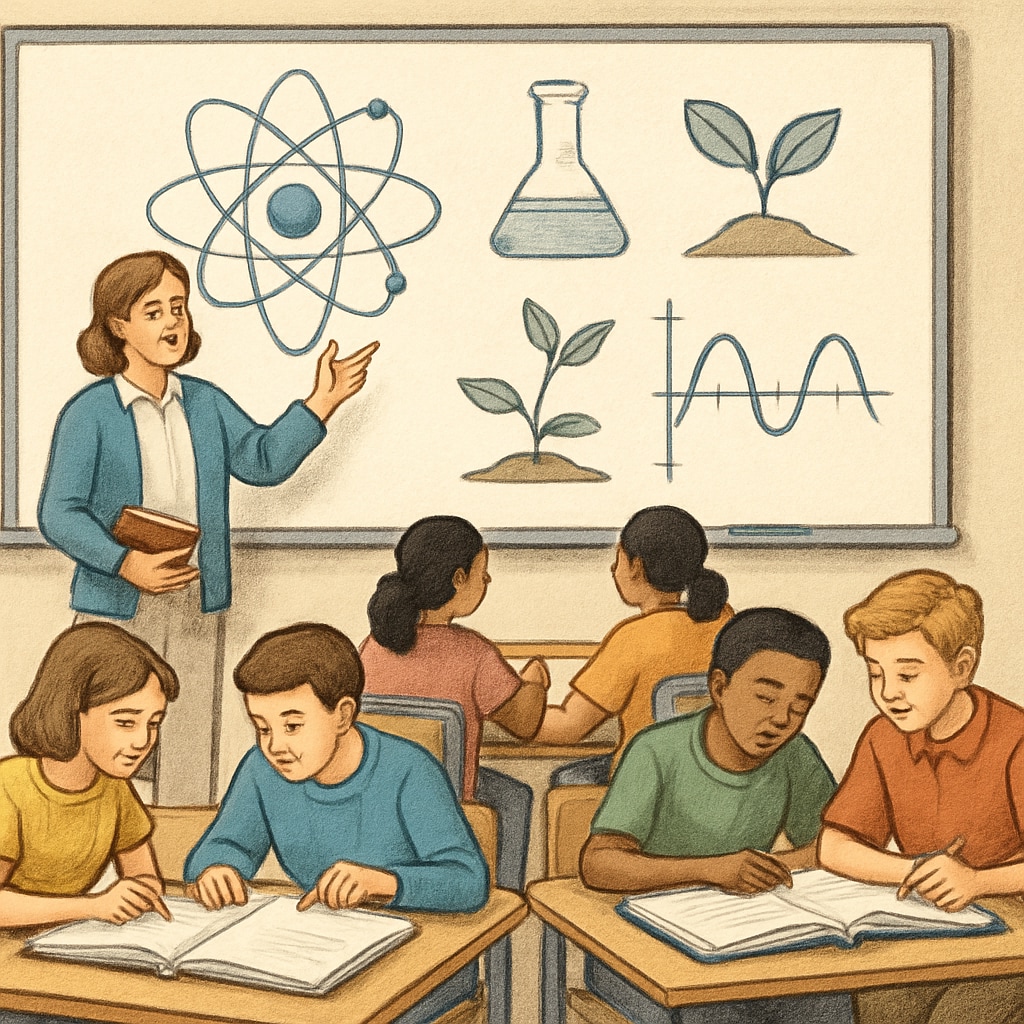High school science classrooms with a significant number of English Language Learners (ELLs) face unique challenges. Teachers must balance delivering complex scientific concepts while addressing language barriers that can impede student comprehension. To create an inclusive learning environment, educators can implement targeted strategies that support ELLs while ensuring high-quality science education. This article explores approaches to overcome these hurdles, emphasizing differentiated instruction and fostering equity in science teaching.

Building a Foundation: Understanding ELL Needs in Science Education
English Language Learners often encounter difficulties in science classrooms due to the dual challenges of understanding subject-specific terminology and navigating language acquisition. Teachers must recognize that ELLs have varying proficiency levels and cultural backgrounds, which impact their learning experiences. For example, scientific terms like “photosynthesis” or “ecosystem” may be unfamiliar, requiring explicit instruction and contextual support.
To address these challenges, educators should focus on scaffolding (supporting students through structured steps), visual aids, and hands-on activities that simplify complex ideas. For instance, using diagrams and labeled charts can help ELLs grasp the relationships between scientific processes.
- Provide bilingual glossaries for key scientific terms.
- Utilize thematic word walls to highlight vocabulary.
- Incorporate multimedia tools such as videos or interactive simulations.
Effective Strategies for Inclusive Science Classrooms
Creating an inclusive environment requires intentional planning and implementation of strategies that cater to diverse learning needs. Differentiated instruction, which involves tailoring teaching methods to individual students, is particularly effective for ELLs. Below are several practical strategies:
- Collaborative Learning: Pair ELLs with peers who can provide language support. Group work encourages communication and reinforces understanding of scientific concepts.
- Visual and Kinesthetic Tools: Use models, experiments, and charts to convey concepts visually and physically. This approach bridges language barriers and engages students.
- Language Integration: Embed language instruction into science lessons by teaching vocabulary alongside content. For example, introduce terms like “hypothesis” and “variable” during experiments.
Additionally, building connections between science concepts and students’ cultural backgrounds can enhance engagement. For instance, discussing environmental topics relevant to their home countries fosters relatability and interest.

Leveraging Technology to Support ELLs
Technology offers powerful tools to aid ELLs in science education. Interactive platforms like Kahoot or Quizlet can reinforce vocabulary and test comprehension in an engaging format. Similarly, online resources such as videos and simulations provide visual explanations that are especially beneficial for ELLs.
Moreover, translation apps and speech-to-text tools can help students communicate their ideas more effectively, reducing frustration caused by language barriers. Teachers can also use digital storytelling platforms to encourage ELLs to express their understanding creatively.
- Use gamified learning platforms to make lessons interactive.
- Access open educational resources like Khan Academy for science tutorials.
- Explore tools like Google Translate for real-time language support.
Fostering a Growth Mindset in ELLs
In addition to instructional strategies, it is essential to cultivate a supportive learning atmosphere that encourages perseverance and self-confidence. Many ELLs may feel intimidated by language barriers and complex scientific concepts, but fostering a growth mindset can help them overcome these obstacles.
Teachers can achieve this by celebrating small successes and emphasizing effort over perfection. For example, praising students for attempting to explain a concept, even if their language isn’t flawless, builds confidence and motivates continued learning. Furthermore, creating opportunities for peer feedback and collaborative projects helps ELLs feel valued and included.
Inclusive science classrooms benefit all students, not just ELLs. By implementing strategies like differentiated instruction, technology integration, and fostering a growth mindset, teachers can ensure equitable access to quality science education while breaking down language barriers.
Readability guidance: Keep paragraphs concise and use lists to summarize key points. Incorporate transition words (e.g., however, for example) to enhance flow. Place images strategically to support content visually.


